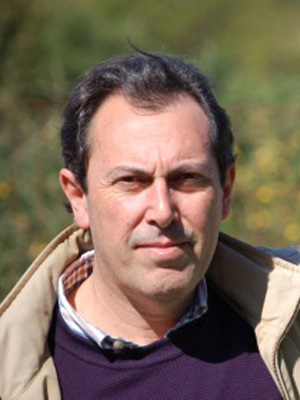Short course
Isotopic Analysis
In this part of the short course, the sources of natural variation in the isotopic composition of the elements will be discussed. Specific attention will be devoted to elements with radiogenic nuclides (e.g., Sr, Pb) and to mass-dependent and mass-independent isotope fractionation.
It will be shown how the extent of this variation determines the type of ICP-mass spectrometry that can be deployed. The importance of isotope ratio precision will be underlined and hints for optimization of the instrument settings and data acquisition parameters aiming at an optimum isotope ratio precision will be provided for single-collector and multi-collector ICP-MS.
Correction for detector dead time (pulse counting detectors) and for instrumental mass discrimination, required to convert the raw measurement data into "true" isotope ratios, will be discussed.
Examples of applications relying on the determination and quantification of natural isotope ratio variation will include
- i) provenance determination of raw materials used in the manufacturing of ancient artifacts
- ii) environmental applications
- iii) geo-/cosmochemical applications and
- iv) the use of isotopic analysis for medical diagnosis
In the second part of the short course we will discuss the use of enriched stable isotopes and isotope abundance measurements for total elemental analysis, speciation, traceability and metabolism studies.
The theory of Isotope Dilution Mass Spectrometry applied to the different fields will be described in detail as IDMS is recognised by the Bureau International des Poids et Mesures (BIPM) as a potential primary measurement method directly traceable to the International System of units.
Trace element speciation is another field where enriched stable isotopes have been applied successfully as they can correct for degradation and interconversion reactions which can occur during sample preparation or measurement.
Another application field for enriched isotopes is in the traceability of manufactured goods and living organisms. We will describe a double-isotopic labelling technique which can be applied for traceability purposes.
Finally, metabolism studies benefit directly from the use of enriched isotopes as it allows the differentiation of the newly incorporated elements from their endogenous forms. We will describe a double-tracer procedure which is very useful for elemental metabolic studies in different organisms.
Presenters:
Frank Vanhaecke

Frank Vanhaecke is Senior Full Professor at the Department of Analytical Chemistry of Ghent University (Belgium), where he leads the ‘Atomic & Mass Spectrometry – A&MS’ research group. His research group focuses on the determination, speciation and isotopic analysis of (trace) elements using ICP-mass spectrometry (ICP-MS). The A&MS groups studies fundamentally-oriented aspects of the technique and develops methods for solving challenging scientific problems in an interdisciplinary context.
| Kontakt | Affiliation | Topic |
|---|---|---|
| University of Ghent, BE | Isotope ratio perspectives |
Alonso Ignacio

Prof. J. Ignacio García Alonso is Full Professor of Analytical Chemistry at the University of Oviedo. He is head of the research group on Enriched Stable Isotopes www.isotopos.es
Prof. J. Ignacio García Alonso is founding member of the spin-off company ISC-Sciences www.isc-science.com devoted to the synthesis and commercialisation of isotopically labelled compounds. He is co-author of the recent book “Isotope Dilution Mass Spectrometry” published by the Royal Society of Chemistry in the UK.
| Kontakt | Affiliation | Topic |
|---|---|---|
| University of Oviedo, ES |
NOTE: SHORT COURSES REGISTRATION CLOSED!